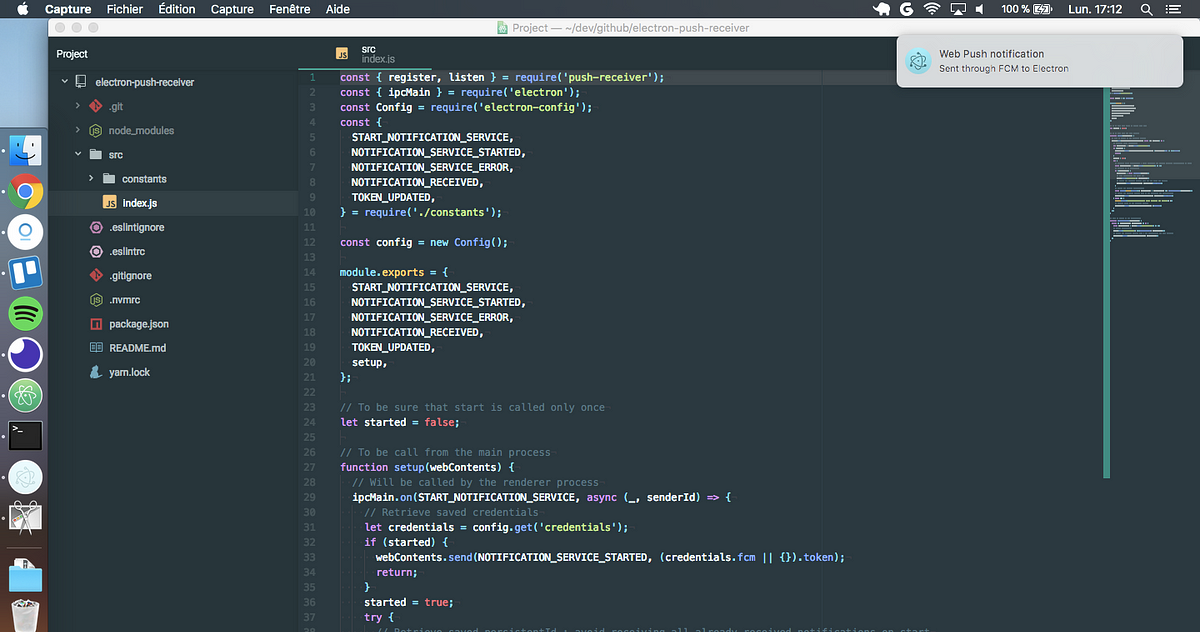Adrian analyzes the QUIC paper, offering a boiled-down version of how the protocol works, the reasons behind it, and the benefits it poses. |
|
The Chatkit team are introducing an easy way for developers to add chat to their apps and services, without having to worry about infrastructure hassle. |  |
|
Ryan discusses strategies that we can employ to deliver third party scripts in a manner which limits their negative effects on performance. |  |
|
Sam explores recently shipped performance primitives, cutting edge performance techniques, and gives us a glimpse into what the future of loading on the web may hold. |
|
Ensure you’re getting the best performance out of your service worker implementation. |
|
Matthieu tells us about his journey inside Chromium’s source code to bring push notifications to Node and Electron. |  |
|
Quokka is a rapid prototyping playground in your editor, with access to your project’s files, inline reporting, code coverage and rich output formatting. Community edition is free as in beer.  |  |
|
Clear code is easier to read, understand, and modify, and it’s easier to achieve once you’ve mastered a few key principles. |
|
An import.meta proposal is currently at stage 3. Alex explains how it works. |
|
Netflix improved performance by deferring React on the client, but this doesn’t reflect badly on React. |
|
Learn how to design, develop and test data-intensive web and mobile apps that run on desktops, tablets, and smartphones with Sencha Ext JS. |
|
Dounan introduces reflective-bind, a solution that allows convinient inline functions in React render() methods to be compiled away to improve performance. |
|
Burke shares how to optimize React builds by code splitting, making a number of recommendations along the way. |
|
|



Comments